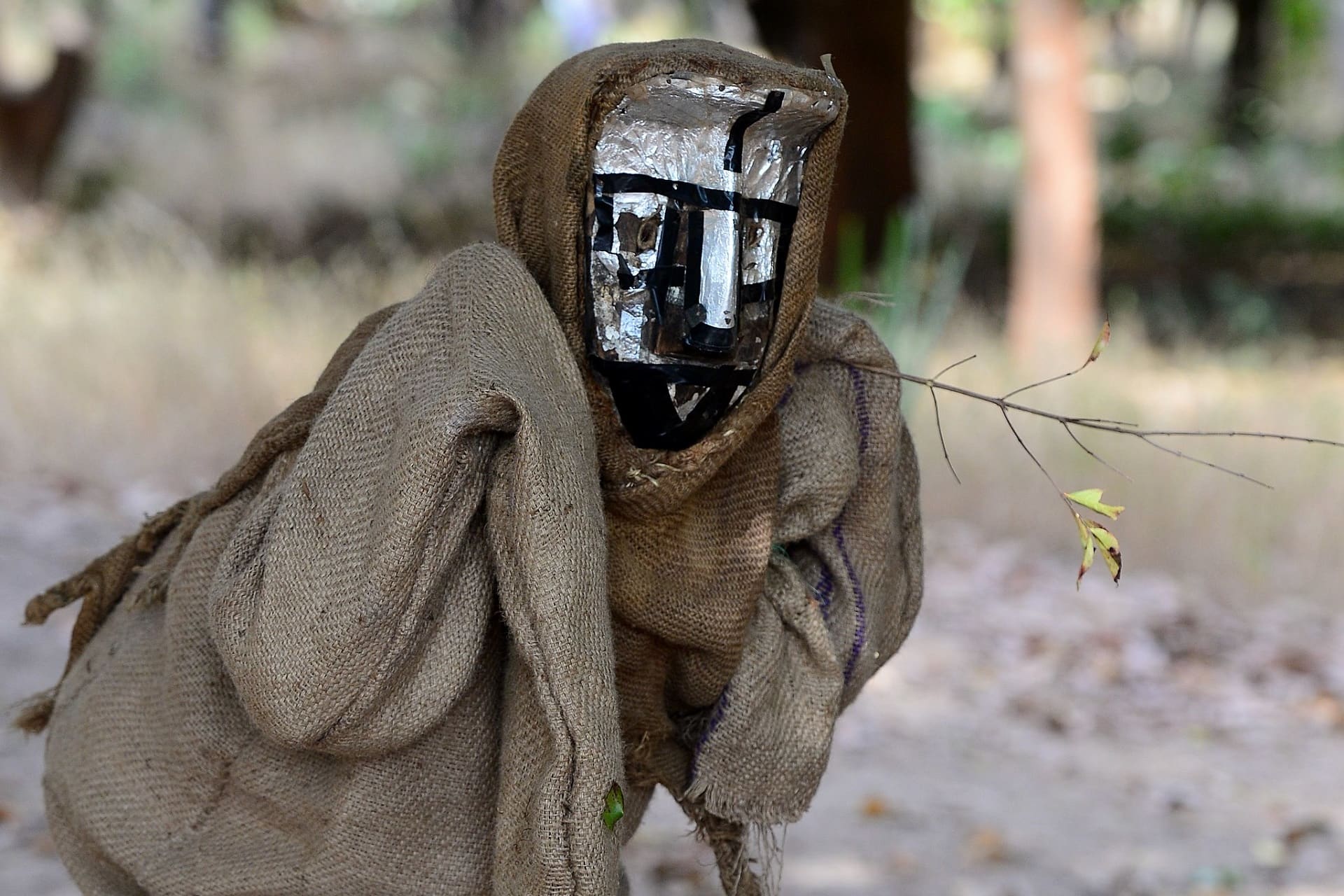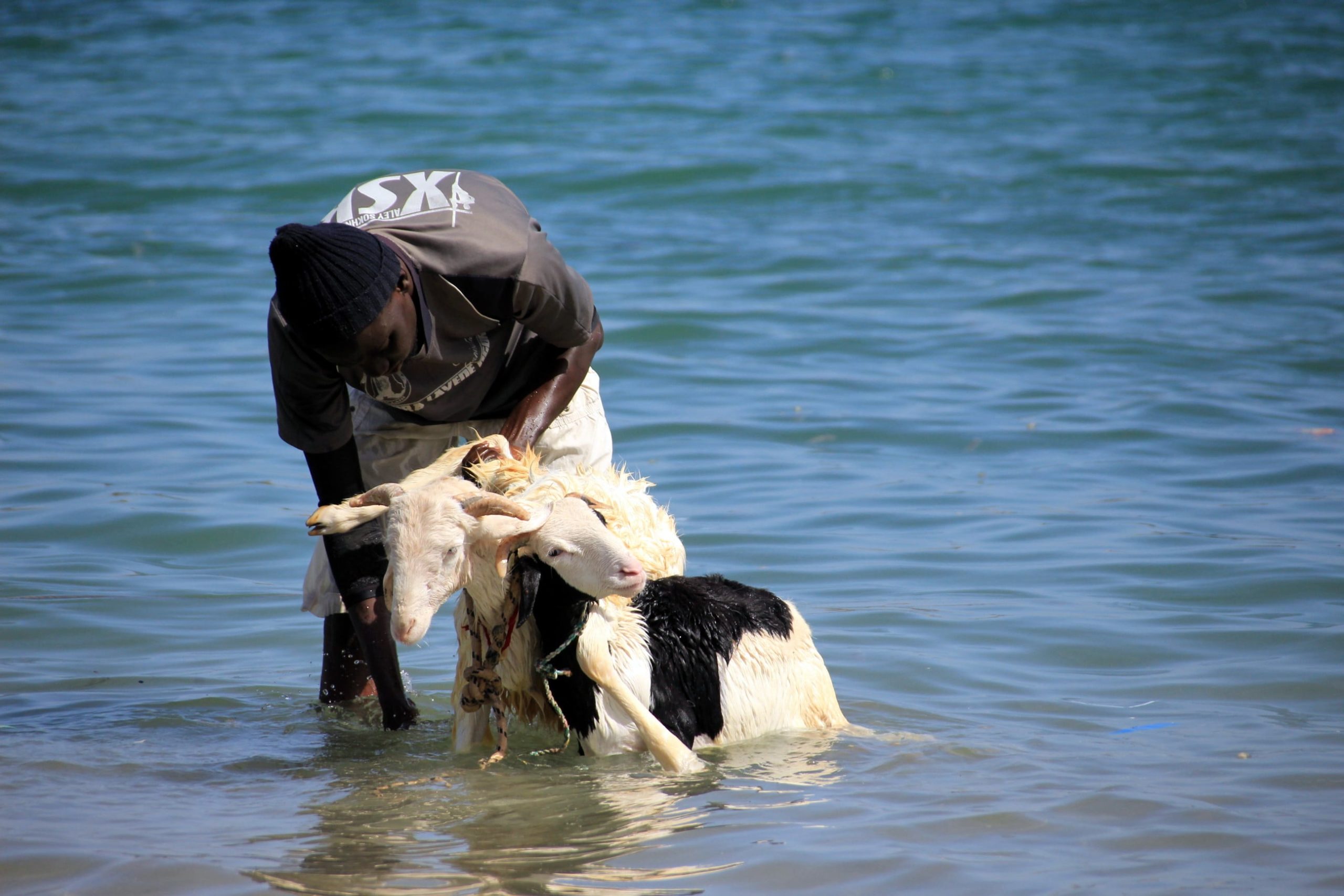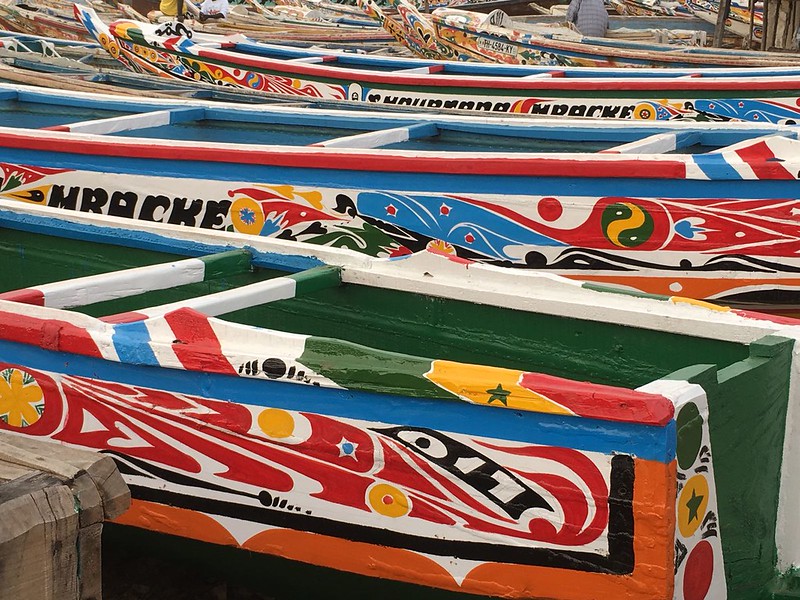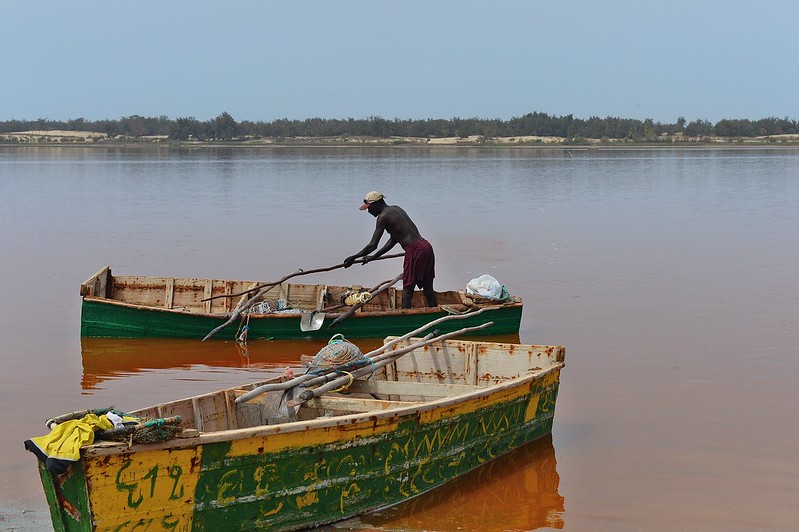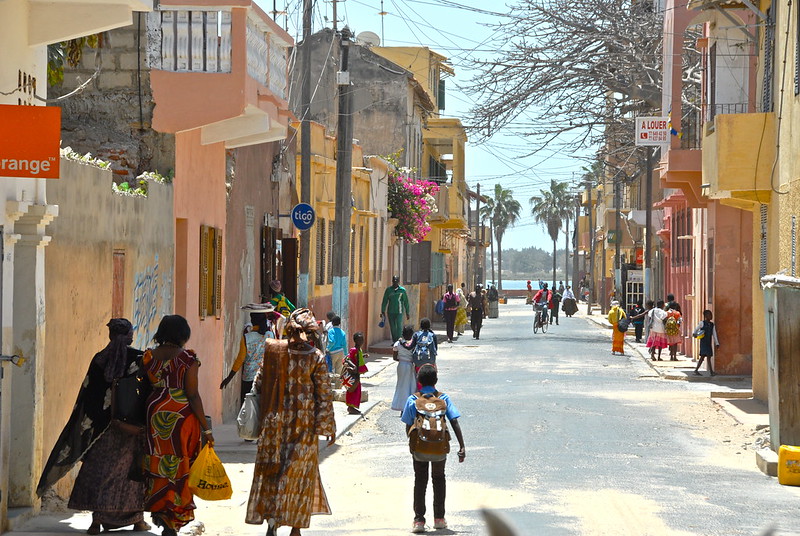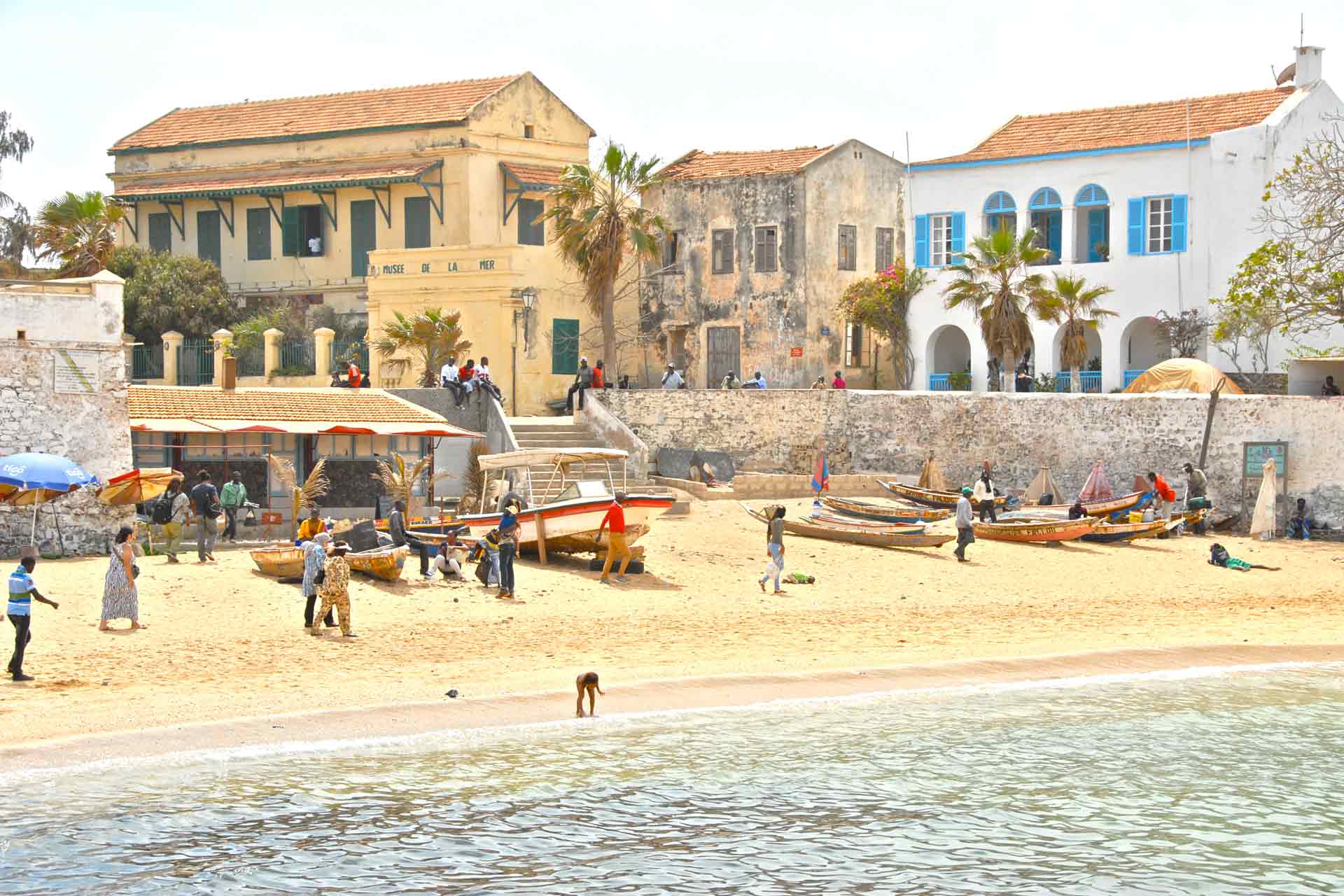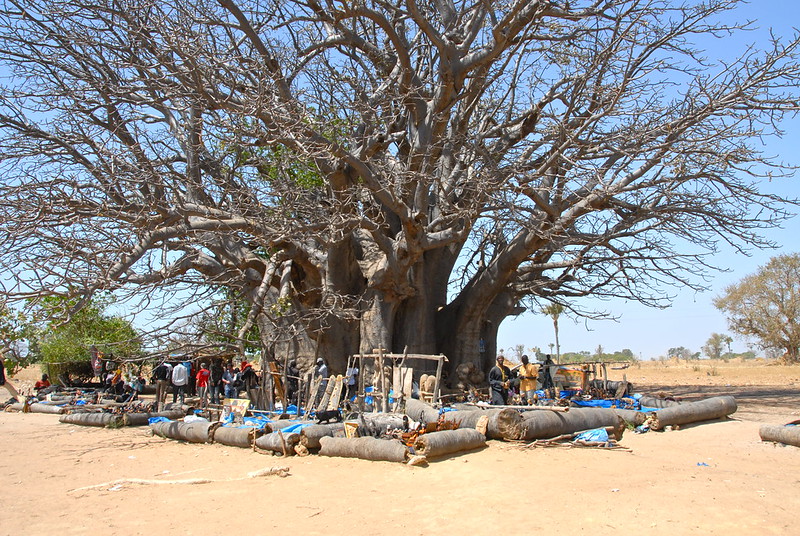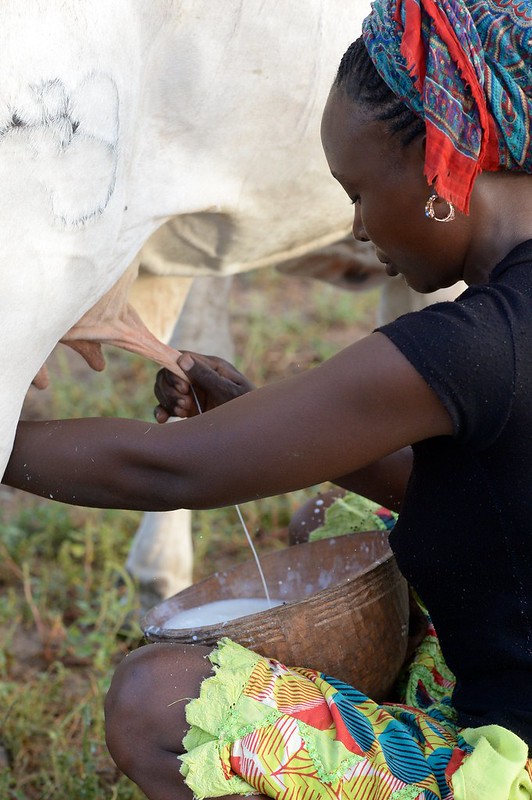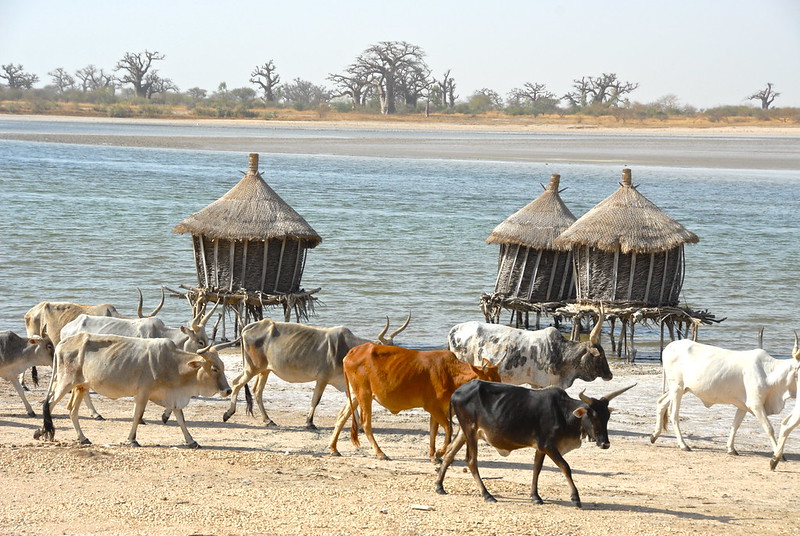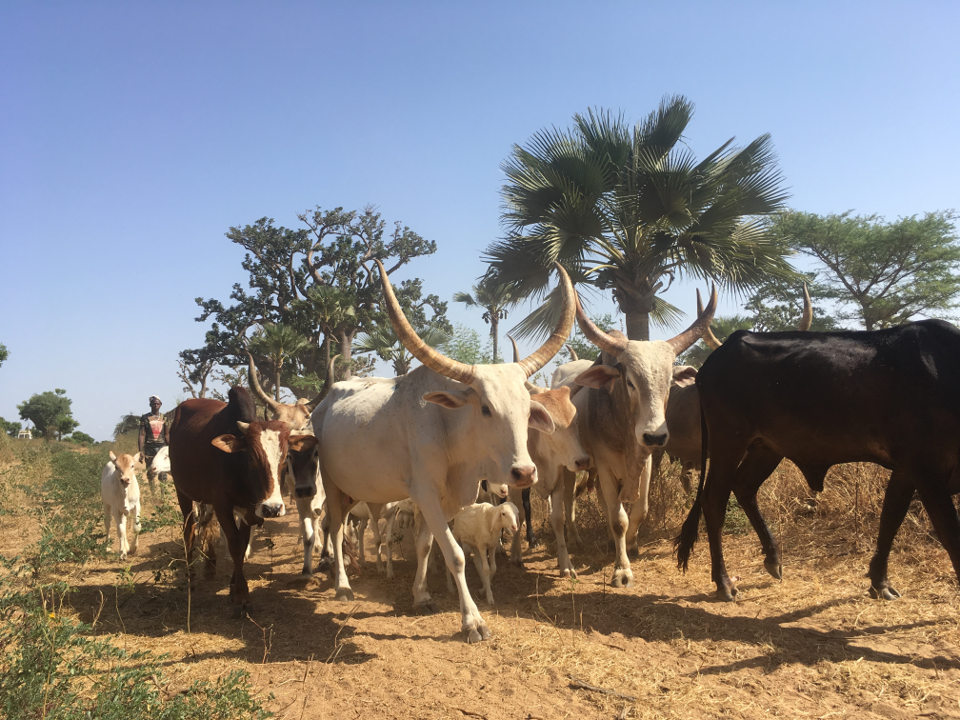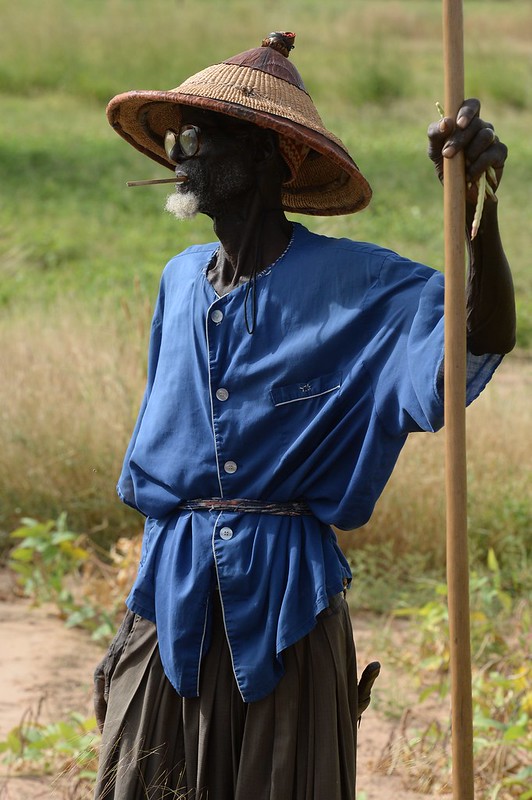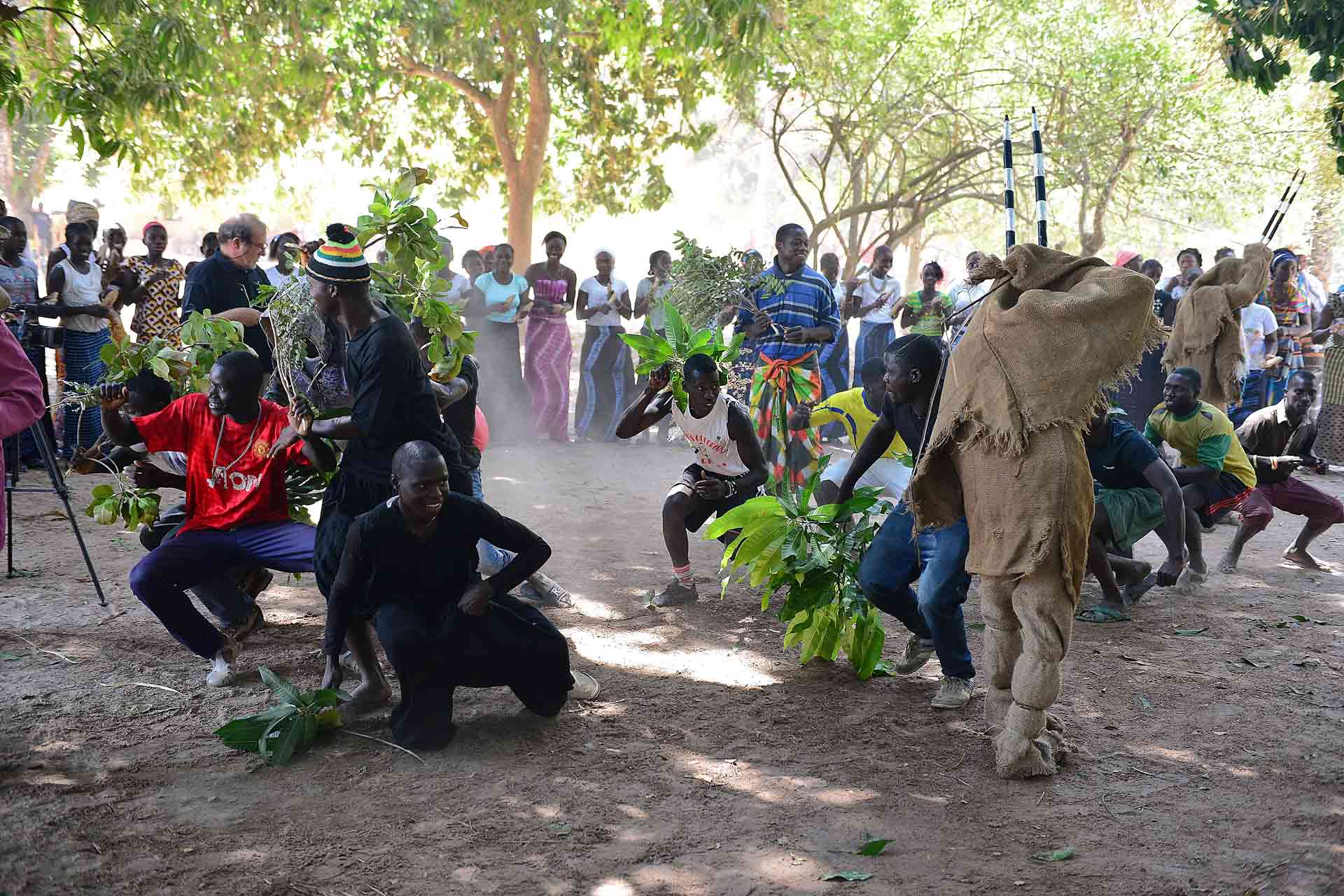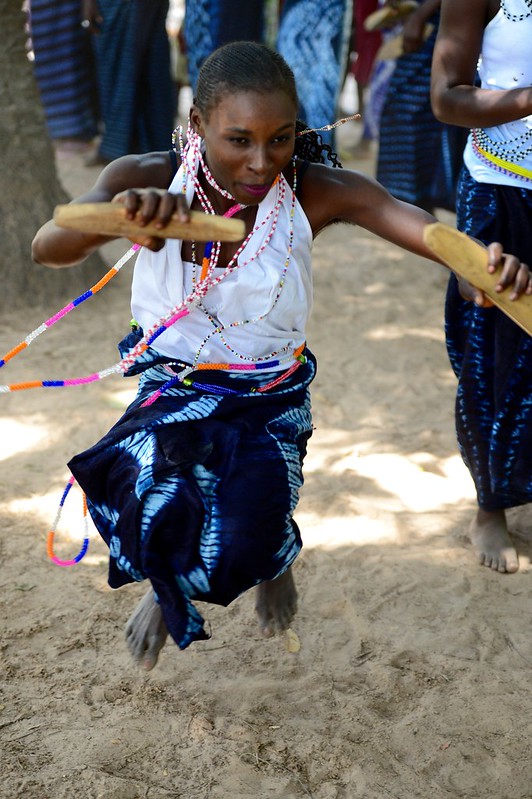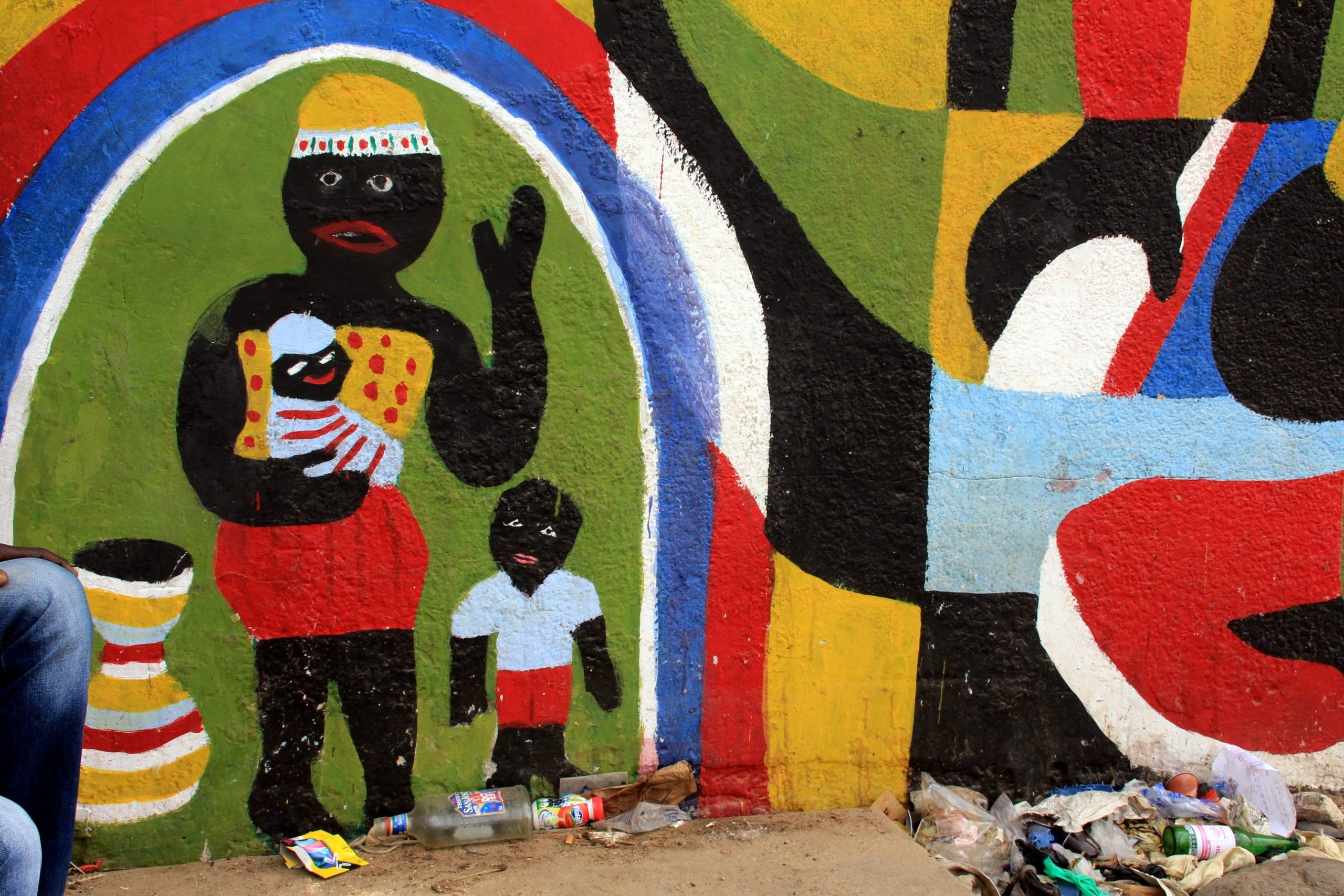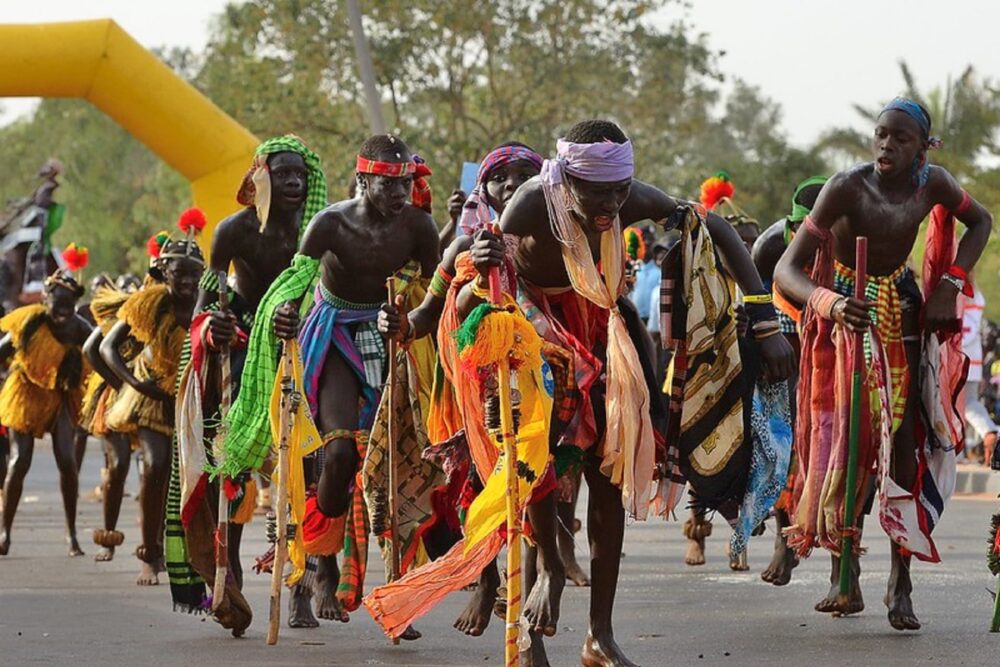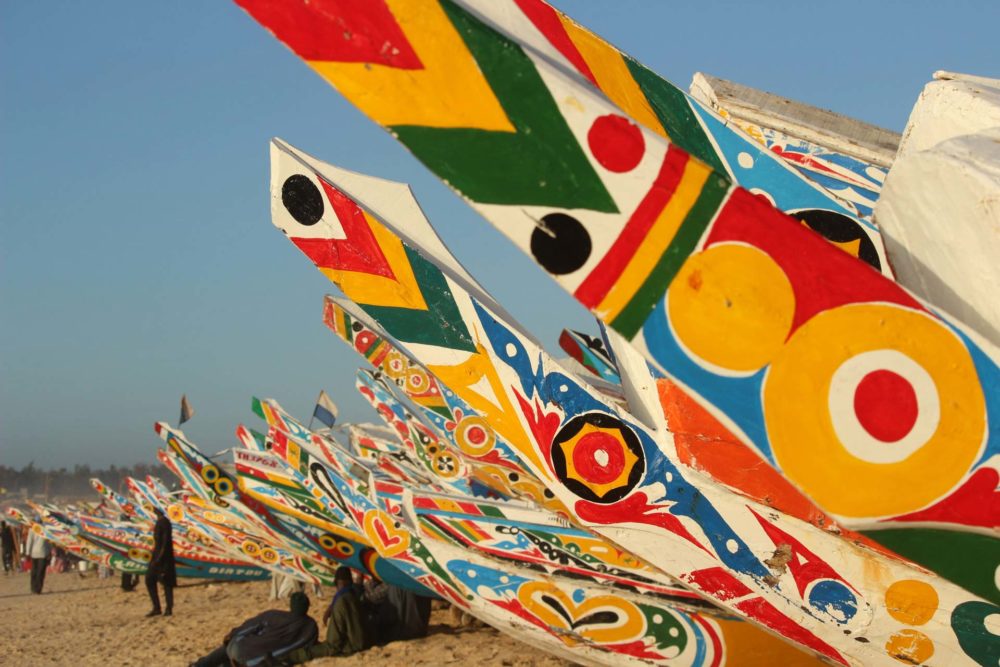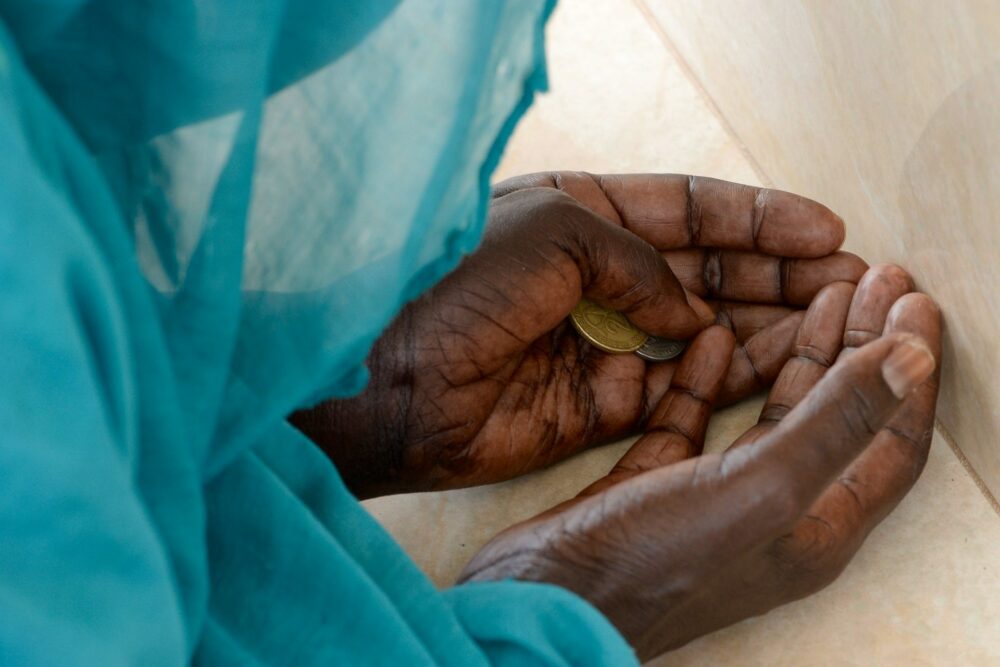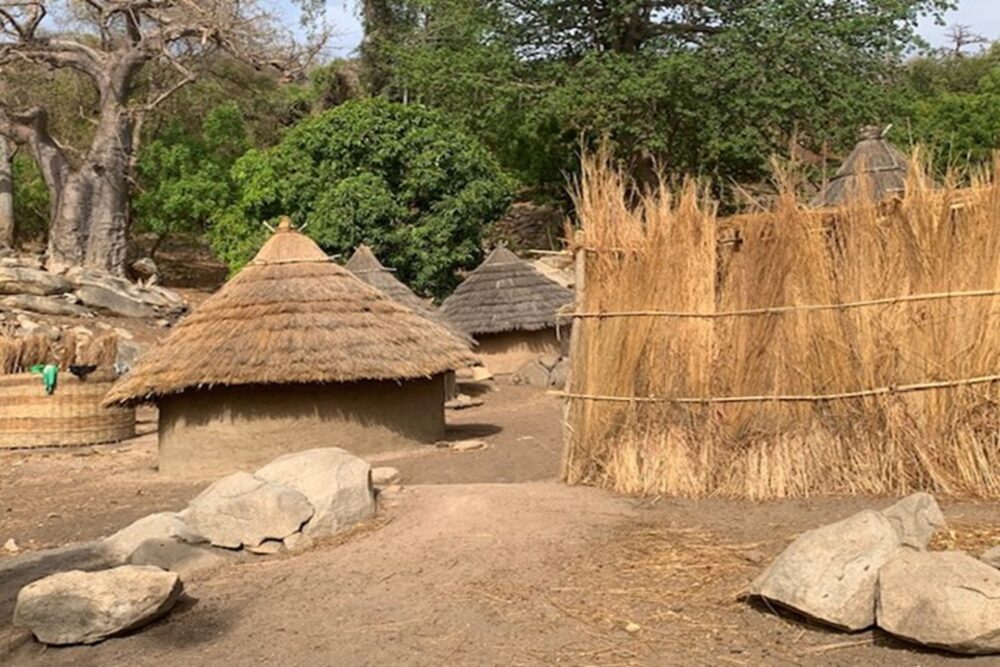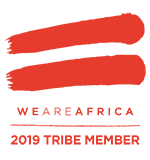Description
SENEGAL & GAMBIA
A unique itinerary crossing two countries “north to south” to experience a continuous change of climatic ecosystems and human environments.
NATURE
Following the “uncertain border” between land and water we move across an incredible variety of natural environments such desert dunes, savannah, estuaries, forest, mangrove swamps.Birds will be a constant presence along the whole journey. Djoudj National Sanctuary in Senegal is one of the main migratory bird sanctuaries on earth and Gambia is a well-known birding destination.
HISTORY, PREHISTORY & TIMELESS VILLAGES
We will discover historical sites as:
Dakar, contemporary metropolis, large capital and African intellectual center since the time before the independence. Gorée, ancient slave-trade island;
Saint Louis, the first colonial capital of “French West Africa”;
We will experience the encounter with “timeless” people as herders and remote villages. We will discover the largest monoliths site on earth.
ART, CULTURE & MUSIC
In the northern Savannah we will be invited at the camp of nomadic herders and we will meet the largest religious and peaceful brotherhood that practices an African form of Islam that rejects fundamentalism and violence.
In the south, we will be introduced to animistic traditional religions, tribal kings, dancing masks. In the animistic Casamance region we will witness at the celebrations of Diola mask, the incarnation of mythical spirits… Masquerade is a unique experience that involves the participation of the entire village in an intense mixt of magic, music, and dances.
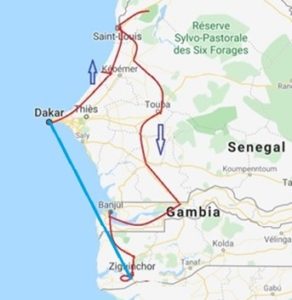
DAY 1: Dakar, the capital – SENEGAL
Arrival in Dakar and transfer to the hotel.
DAY 2: Dakar contemporary metropolis & Gorée, from Dakar to Gorée (transfers in town and ferry) – SENEGAL
Dakar, the large and vibrant African metropolis that was the cultural and intellectual capital of French West Africa. Reflecting on that period, the Presidential Palace and the IFAN Museum (Institut Francais d’Afrique Noire), hosting an important collection of African art objects. When it opened, the museum was directed by Theodor Monod, a celebrated Africanist and one of the greatest Sahara scholars.
We will visit the Musée des Civilisations Noirs. Opened in December 2018, it is the realization of Léopold Sédar Senghor’s vision (the first president of independent Senegal, a poet, and Nobel Prize winner). The museum represents the historical and contemporary worldwide cultures, art, and soul of Black people, which he called Negritude.
We will also see the Cathédrale Notre Dame des Victoires & Place de Souvenirs. The project to build the Dakar cathedral was initiated in 1910 to pay tribute to African combatants, the Cathedral was finally built in Neo-Sudanese style, a style inspired by the Sahara and Sub-Sahara adobe mosque architecture, and was consecrated on 2 February 1936.
Arrival at Dakar port to board a ferry and spend a night in Gorée, the island where slaves used to be crammed before being shipped to the Americas. Some restored buildings remain to bear witness of those times.
The Portuguese were the first to establish a presence on Gorée in 1450, where they built a small stone chapel. After the decline of the slave trade from Senegal in the 1770s and 1780s, the island became an important port for the shipment of peanuts, Arabic gum, ivory, and other products of legitimate trade. Thanks to the nice breeze, and the many restaurants and shops, Gorée today has become a pleasant and trendy location. In the late afternoon and evening, when the other tourists are gone, we will experience the real feeling of this special island.
DAY 3: Lac Rose and fisherman villages, from Gorée to Lac Rose (ferry and drive 62 mls– driving time 3 hrs.) – SENEGAL
Waking up in Gorée before the crowd arrives is a pleasure, as strolling in the tiny stone-paved alleys of this historical settlement.
Ferry to Dakar and drive to Lac Rose, a shallow saltwater lake surrounded by dunes, also known as Lac Retba.
Miles of exciting drive on the beach by 4×4 (depending on tides) will bring us to discover the largest fisherman village in Senegal. More than 4500 wooden painted pirogues come to the shore with the catch of the day… On the beach the fisherman sells to the local market women, after we meet the artisans carving the large pirogues, the painters decorating them with bright colors, and if we are lucky the “local saint” for final blessing before sailing…
DAY 4: Saint Louis, from Lac Retba to St. Louis (130 mls – driving time 5 hrs.) – SENEGAL
Saint Louis, known to locals as Ndar, is a charming ancient town that was a French territory from 1673 until 1895 and the capital of all French West Africa colonies from 1895 until 1902 when the capital was moved to Dakar. From 1920 to 1957, it also served as the capital of the neighboring colony of Mauritania.
It has been the former base of the “Aeropostale” airmail pioneer operation between Europe, Africa, and South America. Saint Exupéry, the famous writer, and author of “The Little Prince”, was one of Aeropostale’s pilots following this route.
Located on two islands between the Senegal River and the ocean at the southern edge of the Sahara, rich in three centuries of history, cultural background, geography, and architecture, Saint-Louis is a “bridge” between the savanna and the desert, the ocean, the river, and the inland, between tradition and modernity, Islam and Christianity, Europe and Africa.
Home to a society with a distinctive lifestyle, Saint-Louis has retained its unique identity. “No one comes without falling in love with the city,” proudly say its people who consider Saint-Louis as the birthplace of Senegalese Teranga, the Wolof word for hospitability
The best way to visit the narrow lanes of Saint Louis is by calash, just as locals do, and walk in the fisherman’s quarters. Time to stroll in the tiny avenues and enjoy the unique atmosphere of this old town.
We will spend the night at the historic hotel of the town – built in 1895 and now fully renovated – it was here that all Aeropostale pilots use to stay.
DAY 5: Bird sanctuary & Nomadic tribes, from St. Louis to Ferlo desert (93 mls – driving time 4 hrs.) – SENEGAL
Early morning departure northwards to discover Djoudj National Bird Sanctuary (Parc National des Oiseaux du Djoudj), a natural oasis formed by hundreds of miles of partially flooded lands that has been declared a UNESCO World Heritage Site. This “humid paradise” between the Sahara and Ferlo desert, is the best habitat and nesting site for over a million migratory and resident birds – lies on the southeastern bank of the Senegal River and offers a range of wetland habitats that are attended by many migrating birds, some getting here after crossing the Sahara. Out of more than 400 species, pelicans and flamingos are the most common, whereas aquatic warblers are a bit less conspicuous – migrating here from Europe, this park is their single most important wintering site yet discovered. Apart from birds, there is also a wide range of wildlife such as warthogs and crocodiles. Motorboat excursion led by a local guide-ornithologist.
Depending on the season, considering the time of migrations and level of water, the visit to Djoudj may be replaced by a similar experience in Langue de Barbarie, a thin, sandy peninsula, adjacent to the Atlantic Ocean, located in western Senegal, in the neighborhoods of the city of Saint-Louis. The peninsula separates the ocean from the final section of the Senegal River. The Langue de Barbarie National Park is home to an abundant variety of bird species and three species of turtle, including the critically endangered hawksbill sea turtle.
In the afternoon continue to the Ferlo Desert to discover the arid region where nomadic Fulani tribes herd large droves of zebu. The Fulani (also called Peul) are the largest nomadic tribe roaming West African Savannahs, living in a vast area from Senegal to Chad. Their origins are still covered with mystery. They all share a common aristocratic cult for beauty and elegance. In the afternoon a local guide will join us for a visit to the neighboring villages and shelters. When the herds come back, we might even be invited to witness the milking process.
DAY 6: Tuba Brotherhood, from Ferlo desert to Kabacoto (150 mls – driving time 5 hrs.)- SENEGAL
The rarely visited holy town of Tuba (Touba) is the right place to appreciate the hospitality of an African brotherhood. Touba inhabitants follow Muridism and the town itself is a sort of theocratic “state within the state”, ruled by a Caliph. The founder of Mouridi brotherhood was a Sufi named Amhadou Bàmba Mbake.
Amhadou Bàmba founded Touba in 1887. The holy site remained a tiny, isolated place in the wilderness until his death and burial at the site of the Great Mosque, 40 years later. The Great Mosque was finally completed in 1963 and since its inauguration, the city has grown at a rapid pace: from under 5,000 inhabitants in 1964, the population was officially estimated at 529,000 in 2007
The Mourides have a large social and economic impact in Senegal: thanks to their peaceful (and African) vision of Islam, Muridism, with other brotherhoods following the cult of Marabouts, has become the bastion that protects Senegal from radical Islam.
During the Grand Magal, the annual pilgrimage, the town is visited by four million pilgrims.
Mourides welcome any interest in their traditions. Yet since Tuba is a sacred town, all visitors should accept traditional rules. Therefore, we must apply a considerate dress code: not smoke, not drink alcohol and not listen to music during the visit. If we follow these rules, we will be welcomed. A Baye Fall, a member of a colorful branch of Muridism, will accompany us during the visit.
DAY 7: Stone circles, from Kabacoto to Banjul (150 mls – driving time 6 hrs.) – SENEGAL-GAMBIA
Early departure, we will leave the main road to discover the unique megalithic site of Sine Ngayene, as part of the Senegambian stone circles, which lie in The Gambia and in central Senegal.
According to UNESCO, the Senegambian stone circles are “the largest concentration of stone circles seen anywhere in the world.” These sites represent an extraordinary concentration of more than 1,100 stone and related tumuli spread over a territory of 100 km wide and 350 km in length, on the north bank of the Gambia River.
After The Gambia border formalities, we will drive to the Banjul area.
DAY 8: Gambian birds and sacred masks from Banjul to Ziguinchor (100 mls – driving time 4 hrs.) – GAMBIA-SENEGAL
Gambia is renowned as a bird-watching destination. With an ornithological guide, we will discover different species of African birds in their habitat.
Drive to the southern border whit Casamance region of Senegal.
We will leave the main track to join a remote village. We have lunch in the village, prepared by a local family to enjoy the Senegalese gastronomy and improve local community economy.
If we are lucky, in the afternoon masks leave the sacred forest to dance for an enthusiastic local crowd. Masks are part of the animistic Diola culture, people fear and respect masks, and consider them spirits who play an important role in solving conflicts between villagers.
Evening arrival to our comfortable hotel on the banks of Casamance River that will be our base for two days dedicated to discovering Casamance.
DAY 9: Sacred kings, Casamance (93 mls approx. – driving-time 4 hrs.) – SENEGAL
We will leave the main road to visit an adobe-fortified building still inhabited by a large patriarchal Diola family, an interesting example of traditional African sculptural architecture. These large clay and wooden fortified houses, where light comes from a central hole in the roof, are known as “impluvium houses” and had the function to protect their dwellers from outside attacks.
In a hidden village, we will be received by the king of a Diola Kingdom. After the protocol salutations the king, that is also the high priest holding both political and mystical power, will answer our questions on the traditional rules in Diola society.
Drive to Cap Skirring
DAY 10: Back to Dakar – SENEGAL
Transfer to the airport to board a spectacular flight to Dakar over river estuaries and the Atlantic coast.
Arrival in Dakar region and assistance for last shopping.
In the evening transfer to the airport for the flight out.

